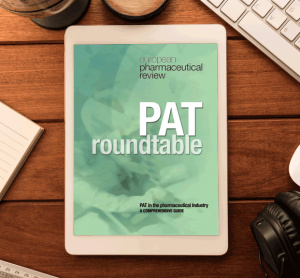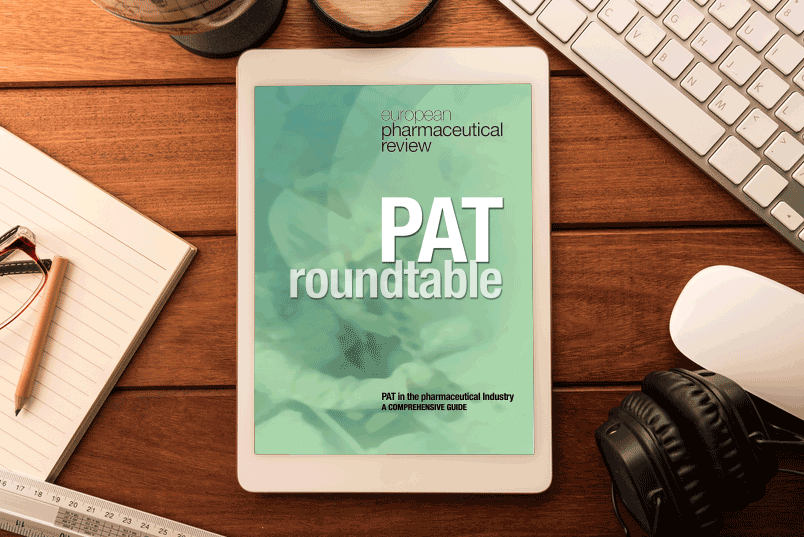Maintaining a spore-free environment in the cleanroom
21 September 2007 | By Karen Rossington, Marketing and Development Manager, Shield Medicare Ltd.
The manufacture of sterile pharmaceutical products is governed in the European Union by the requirements of EU Good Manufacturing Practice for Medicinal Products. The GMP guide gives very specific details on the environmental and microbial requirements for aseptic processing. However, little or no guidance is given on how to create…














